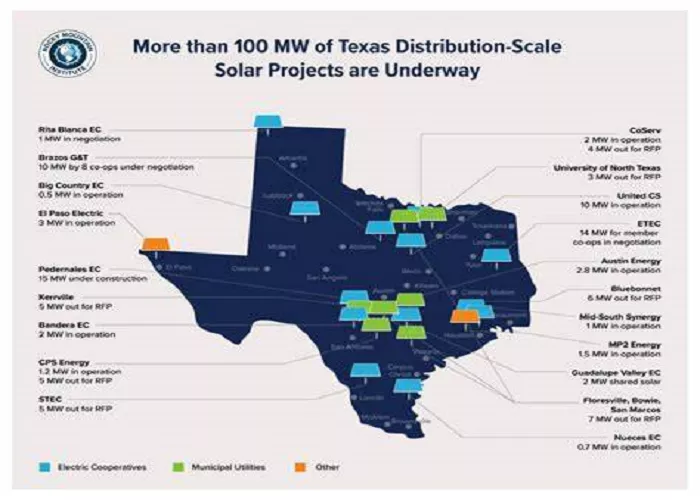Energy consumption and costs are significant factors influencing the daily lives of residents and the economic landscapes of U.S. states. Texas, known for its vast size and energy production capabilities, presents unique patterns in energy usage and expenses. Understanding how Texas’s energy consumption compares to other states provides valuable insights into regional energy dynamics, economic development, and policy considerations.
Energy Consumption in Texas
Texas stands out as a major energy consumer in the United States, both in absolute terms and on a per capita basis.
Total Energy Consumption
In 2022, Texas’s electricity consumption reached approximately 475.4 terawatt-hours (TWh). This figure significantly surpasses that of other states, with California, the second-highest consumer, using about 251.9 TWh. Florida followed closely with 248.8 TWh.
Per Capita Energy Consumption
Per capita energy consumption offers a more nuanced perspective, accounting for population differences. In 2022, Texas had an annual total energy consumption per capita of approximately 62.1 million British thermal units (Btu). This figure is higher than the U.S. average of 59 MMBtu per person. However, it is lower than that of states like West Virginia, which led with about 87 MMBtu per person.
Factors Influencing Energy Consumption in Texas
Several factors contribute to Texas’s high energy consumption:
- Climate: The state’s hot summers lead to increased use of air conditioning, elevating electricity demand.
- Economic Activity: Texas’s robust industrial and manufacturing sectors require substantial energy inputs.
- Residential Patterns: Larger average home sizes and widespread use of energy-intensive appliances contribute to higher residential energy use.
Energy Costs in Texas
Energy prices are a critical consideration for consumers and businesses alike. In Texas, electricity rates are relatively competitive compared to national averages. As of recent data, the average residential electricity rate was approximately 11.5 cents per kilowatt-hour (kWh), slightly below the U.S. average of 12.5 cents per kWh.
Comparison with Other States
Comparing Texas’s energy consumption and costs with other states highlights distinct regional patterns:
- High Consumption States: States like Louisiana and Tennessee exhibit high per-household energy consumption, with Louisiana averaging 1,201 kWh per month and Tennessee 1,168 kWh. However, their electricity rates are among the lowest, leading to moderate monthly bills.
- Low Consumption States: Conversely, states such as Hawaii consume less energy per household, averaging 537 kWh per month. Despite low consumption, high electricity rates result in some of the highest monthly energy bills.
Implications for Policy and Planning
Understanding these consumption patterns is essential for policymakers and energy providers:
- Infrastructure Development: High consumption areas may require enhanced grid infrastructure to ensure reliability.
- Energy Efficiency Programs: Targeted initiatives can address regions with high per capita consumption to promote efficiency.
- Rate Structures: Balancing energy costs with consumption patterns ensures fair and equitable pricing for consumers.
Conclusion
Texas’s energy consumption is substantial both in total and on a per capita basis, influenced by factors such as climate, economic activity, and residential patterns. While energy costs are competitive, variations across states underscore the importance of tailored energy policies that consider regional characteristics and needs.

